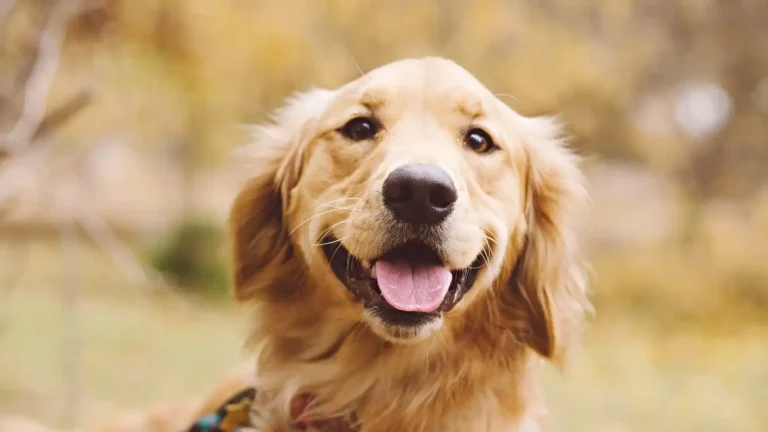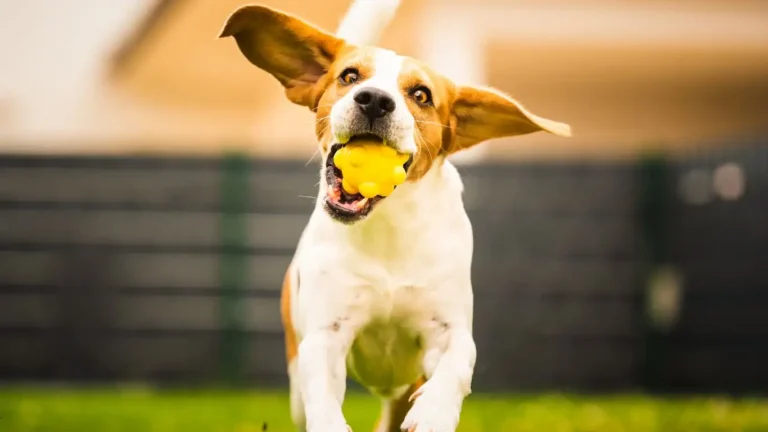Stop the Stress: How to Manage a Dog’s Excessive Licking Habit
Dogs lick. It’s one of the ways they explore the world, show affection, and groom themselves. But if your dog licks too much—whether it’s their paws, the air, or even you—it could be a sign of something more than just love. Excessive licking can point to health issues, behavioral problems, or even stress. Understanding why your dog is licking too much is the first step to helping them feel better.
Understanding Why Dogs Lick
Licking is a natural behavior for dogs. They learn it early in life, even as puppies. In the wild, licking serves important roles—puppies lick their mothers to get attention or food, and adult dogs groom each other to show social bonding.
When licking becomes excessive, though, it might signal that something is off. That’s why it’s helpful to look at what’s happening in the dog’s body and brain when they engage in this behavior often.
How Licking Works in a Dog’s Body
The tongue is covered in nerve endings that make licking feel rewarding for dogs. When they lick, their brain releases feel-good chemicals like endorphins. This can calm them down or help them feel safe. That’s why many dogs lick during stressful situations—like thunderstorms or vet visits.
Licking can also be a self-soothing behavior, similar to how people might chew their nails or tap their fingers when nervous. In some dogs, this coping mechanism becomes a habit that’s hard to break.
Possible Causes of Excessive Licking
It’s important to figure out what’s behind your dog’s licking so you can treat it properly. Here are some of the most common causes:
1. Allergies
- Environmental allergies (like pollen or mold) can make your dog’s skin itchy.
- Food allergies may cause chronic licking of the paws or groin area.
- Allergies often come with other signs like red skin, ear infections, or frequent scratching.
If your dog’s licking seems seasonal or gets worse after eating certain foods, allergies may be to blame.
2. Skin Conditions
- Fleas, mites, or bacterial infections can make skin itchy or painful.
- Hot spots—raw, moist areas caused by licking—can appear quickly and get worse without treatment.
- Dry skin, especially in winter, can also make dogs lick to try and soothe the area.
A quick skin check can help spot problems like redness, flakes, or scabs that might be triggering the behavior.
3. Pain or Discomfort
- Joint pain from arthritis or injuries might cause a dog to lick the sore area.
- Dogs sometimes lick spots far from the actual pain source due to referred pain.
- Dental pain can also lead to facial or paw licking.
If your dog is licking one leg over and over or seems stiff, a vet check can help rule out pain.
4. Boredom or Anxiety
- Dogs left alone too long or not mentally stimulated may develop habits like licking.
- Stressful events like moving, new pets, or loud noises can also lead to licking.
- Some dogs lick out of separation anxiety when their humans are away.
Look for patterns: does your dog lick more when you’re gone or after a stressful event?
5. Gastrointestinal Issues
- Some dogs lick objects, floors, or themselves due to nausea or other stomach problems.
- Licking may be a way to cope with discomfort or acid reflux.
- This can happen along with vomiting, drooling, or appetite changes.
If your dog seems to lick the air or surfaces repeatedly, talk to your vet about possible tummy trouble.
6. Habit or Compulsive Disorder
- Once licking becomes a routine, it can turn into a compulsive behavior.
- These dogs may lick even when nothing is physically wrong.
- Compulsive licking is similar to obsessive behaviors in humans and may need behavior therapy.
If your dog seems “stuck” in a licking loop, professional help from a trainer or vet behaviorist can make a big difference.
When to Talk to Your Veterinarian
Occasional licking is normal, but excessive licking that happens every day—or causes sores, hair loss, or distress—is not. It’s time to call your vet if you notice:
- Your dog licks the same spot constantly.
- The licking causes redness, swelling, or open wounds.
- There are signs of pain, limping, or stiffness.
- The behavior suddenly starts or gets worse.
- Your dog seems anxious, bored, or restless.
A vet can help figure out whether the problem is physical, emotional, or both. They may recommend medication, behavior training, or changes in diet or routine to help your dog feel better.
Supporting Your Dog at Home
There are a few simple steps you can take at home to reduce licking:
- Keep your dog clean and well-groomed to avoid skin irritation.
- Use dog-safe moisturizing sprays or shampoos for dry skin.
- Offer puzzle toys and daily walks to reduce boredom.
- Stick to a routine—dogs feel safer with predictable schedules.
- Talk to your vet before trying over-the-counter remedies or calming aids.
Some pet parents find success with things like calming pheromone diffusers, anxiety wraps, or training games that redirect the behavior. Be patient—it often takes a little time and trial and error to see results.
Takeaway
Excessive licking in dogs is common, but it’s not something to ignore. It can be a sign of allergies, pain, anxiety, or other issues that deserve attention. By learning what might be behind the licking and working with your vet, you can help your dog feel better and live a more comfortable, happy life.
Always trust your instincts—if something seems off, don’t hesitate to check in with your vet. You know your dog best, and together, you can find the right path forward.






